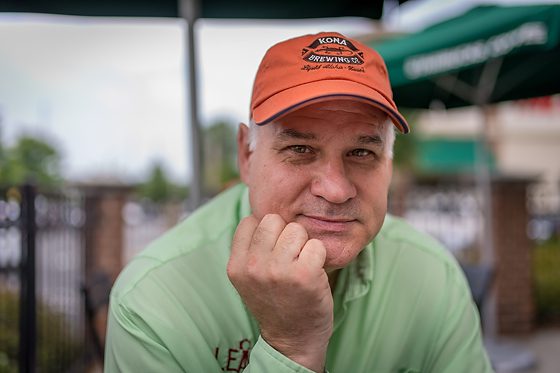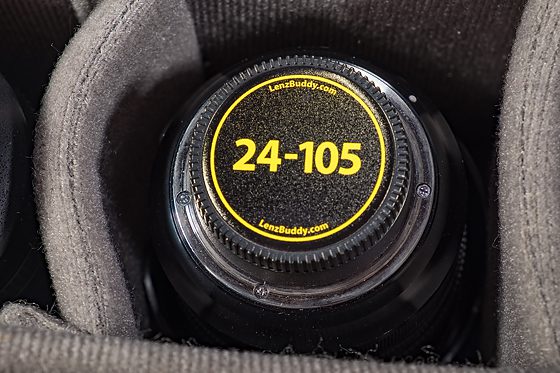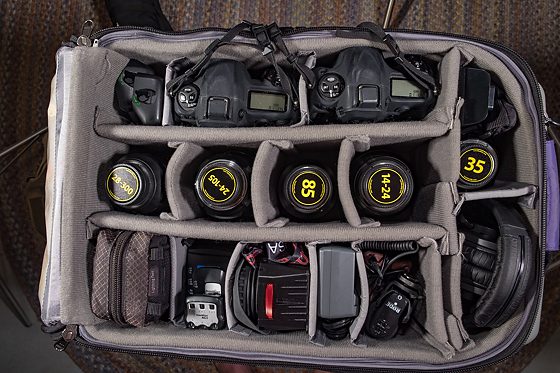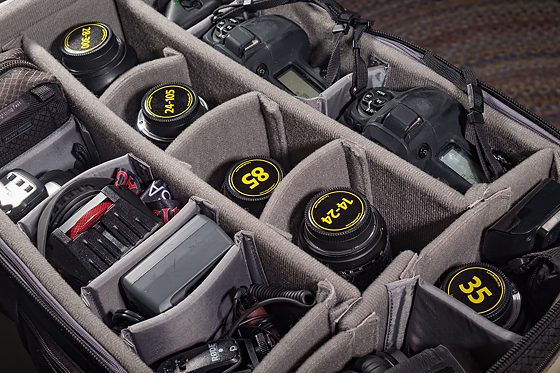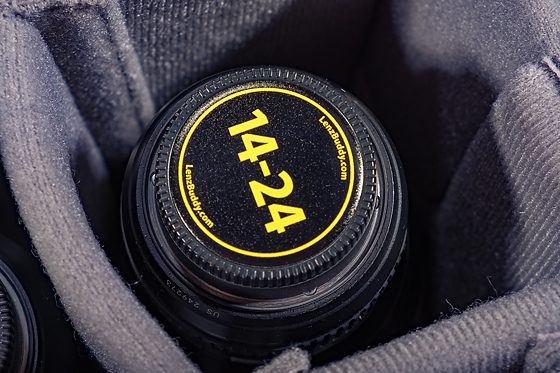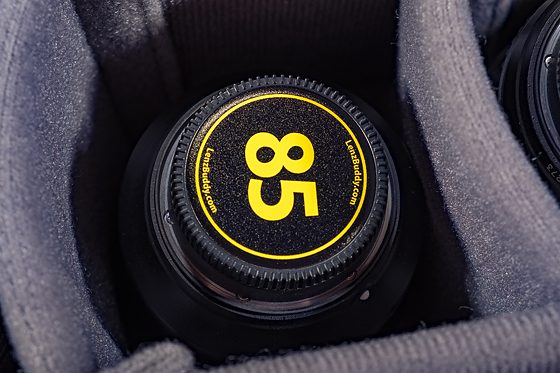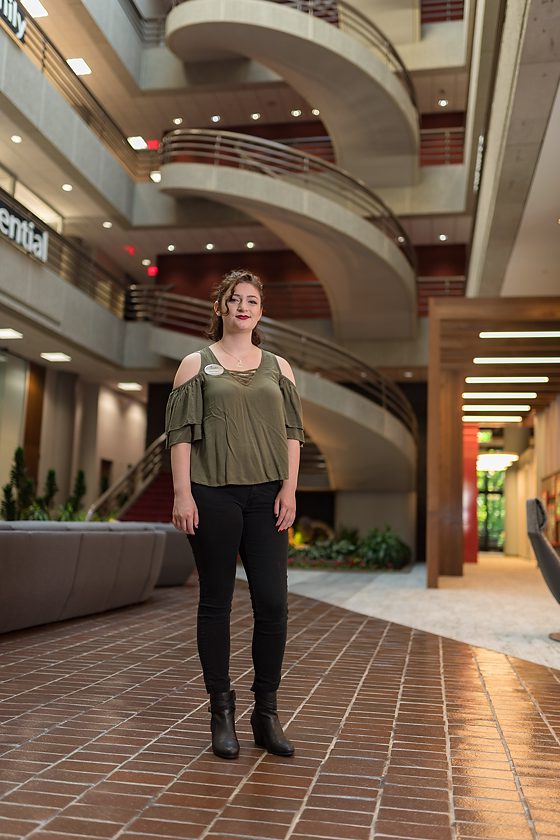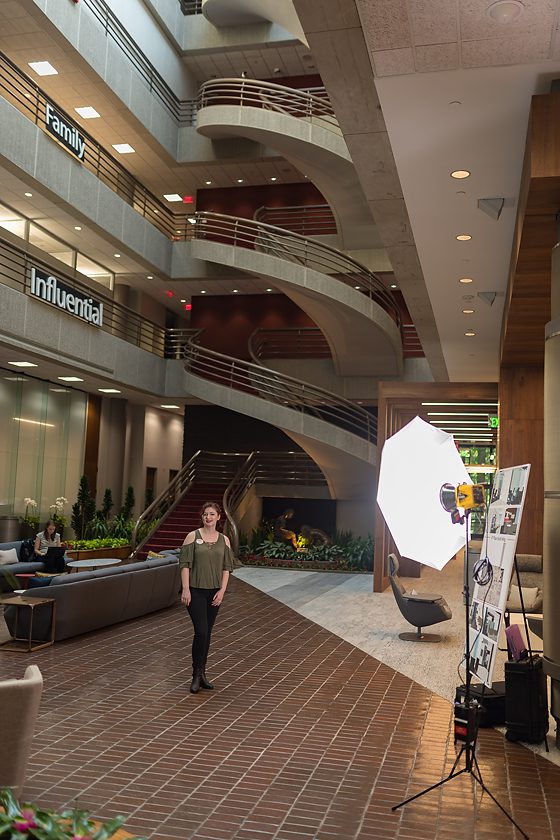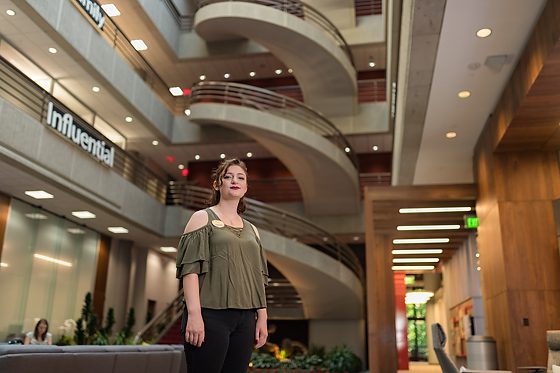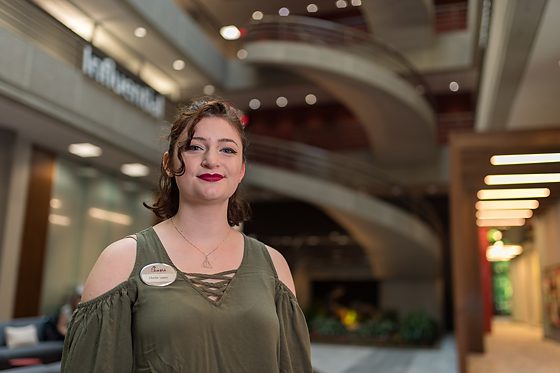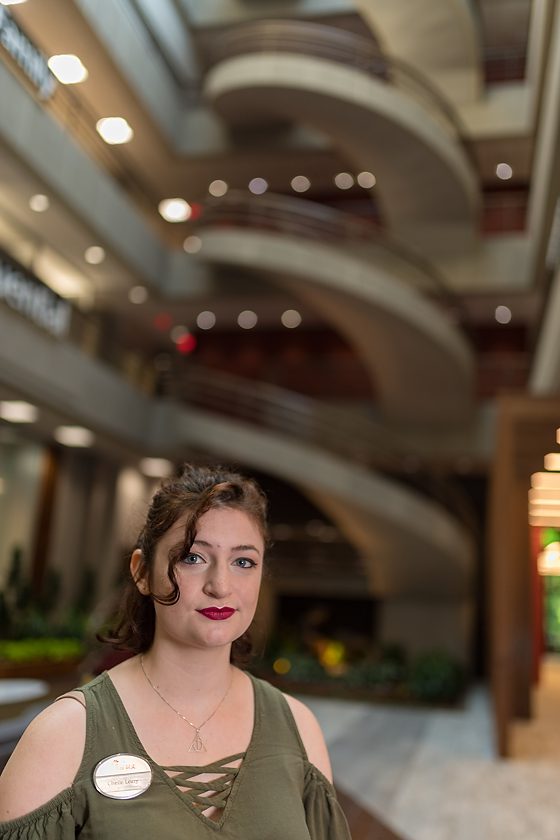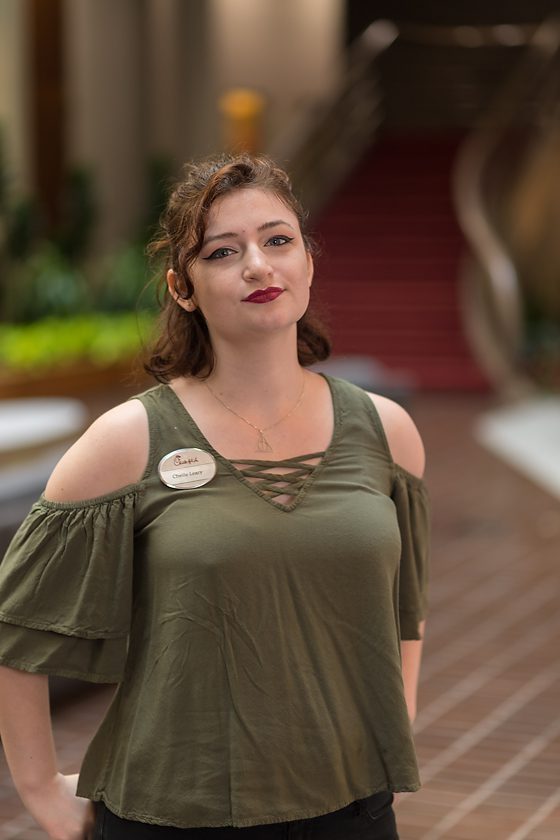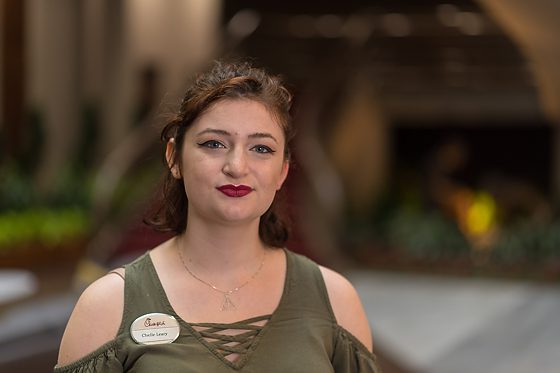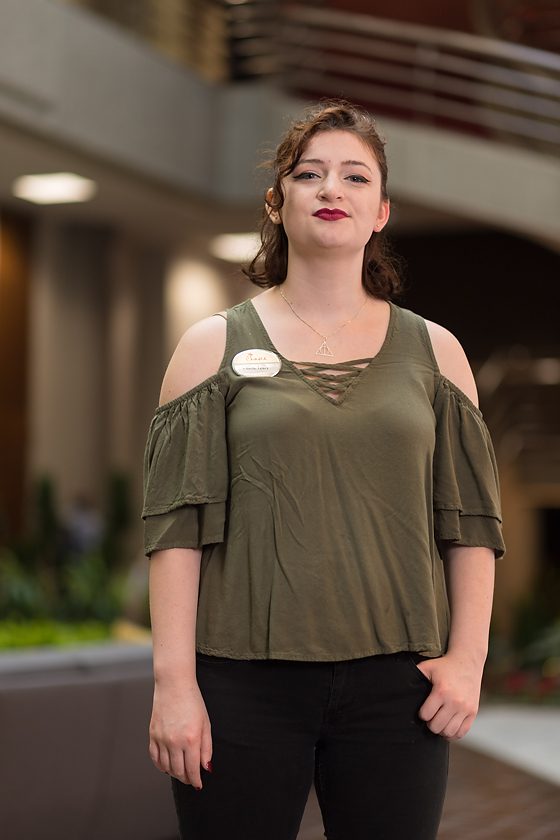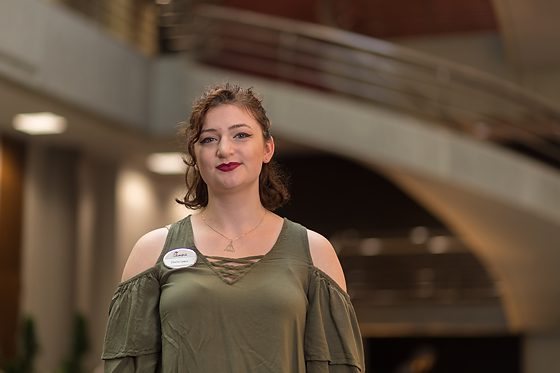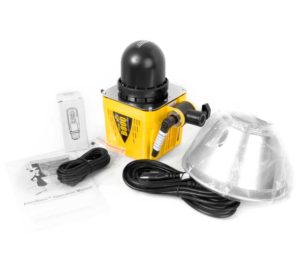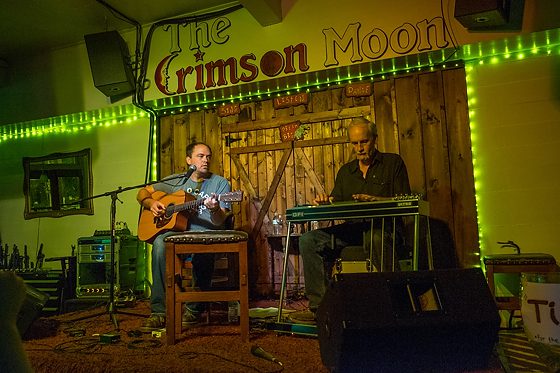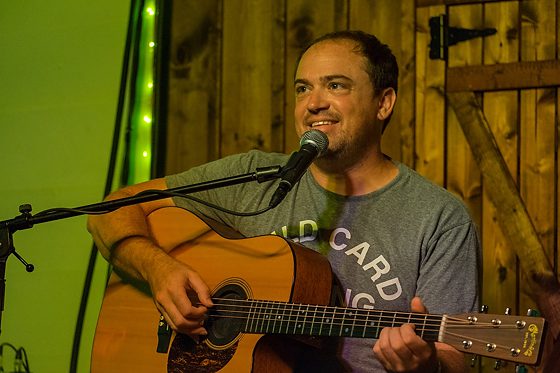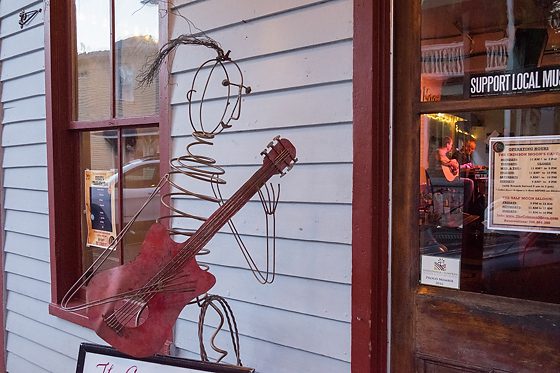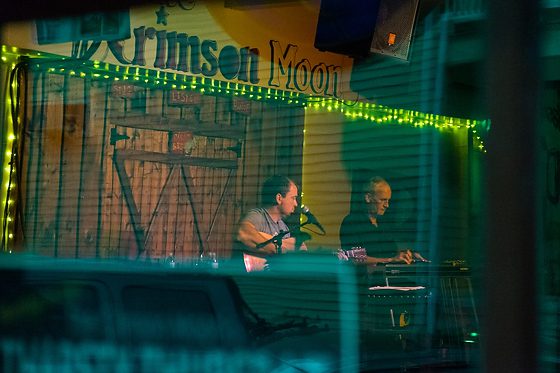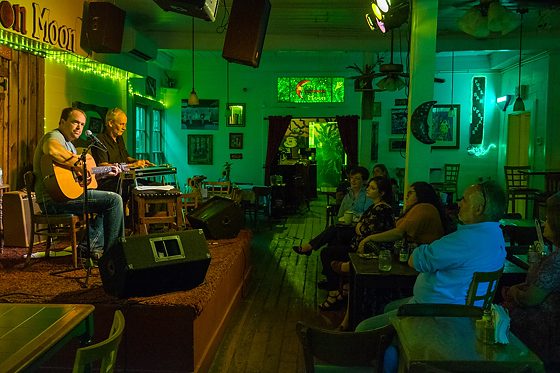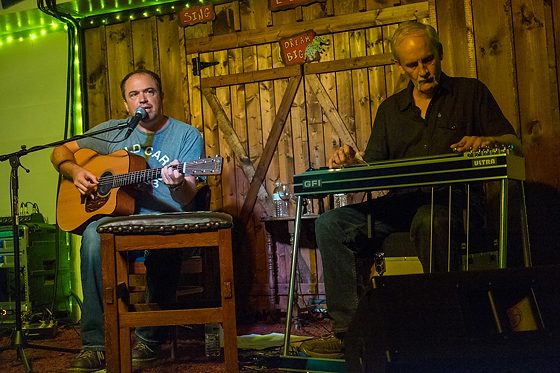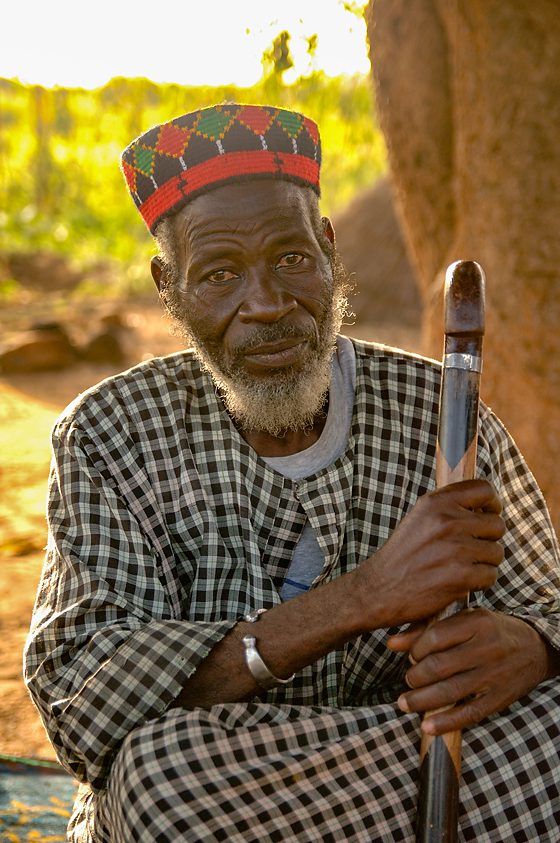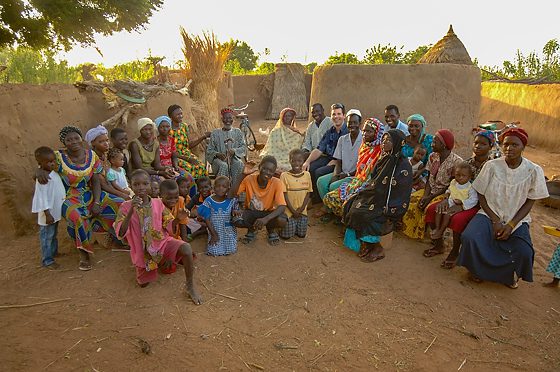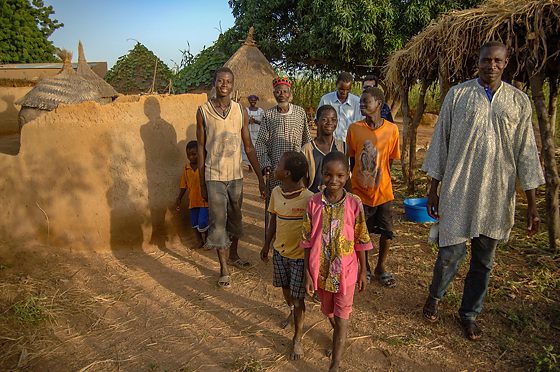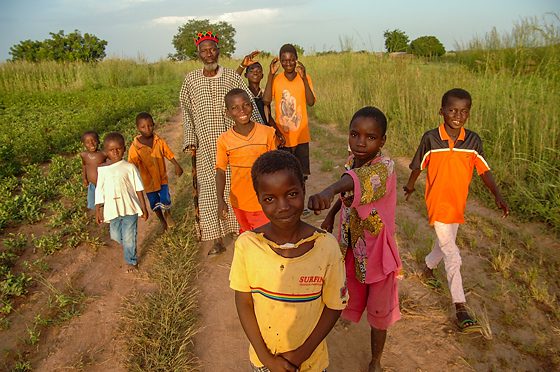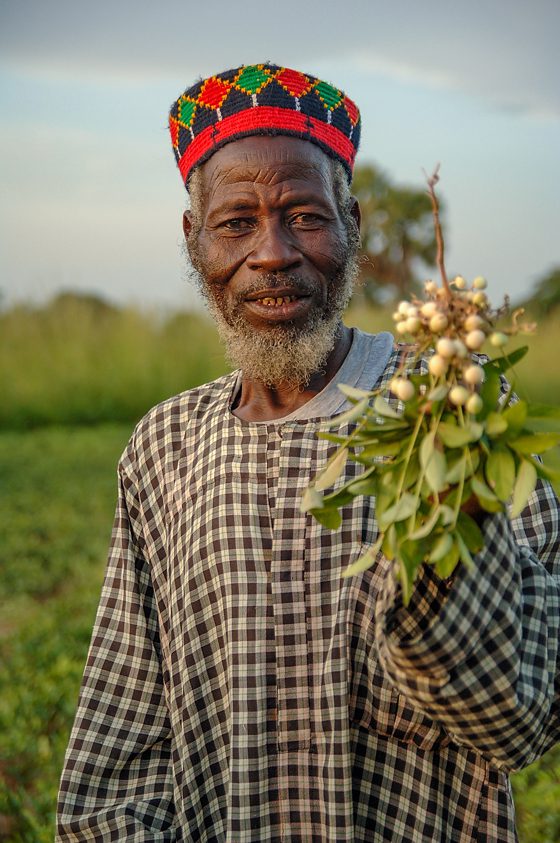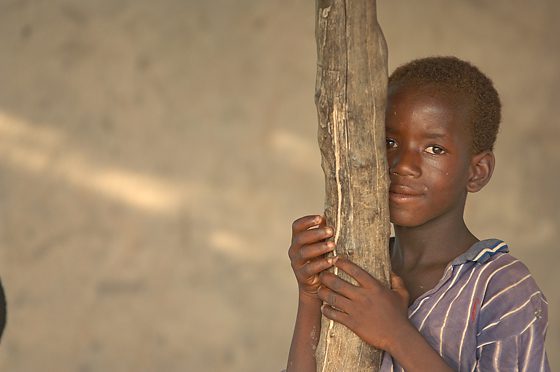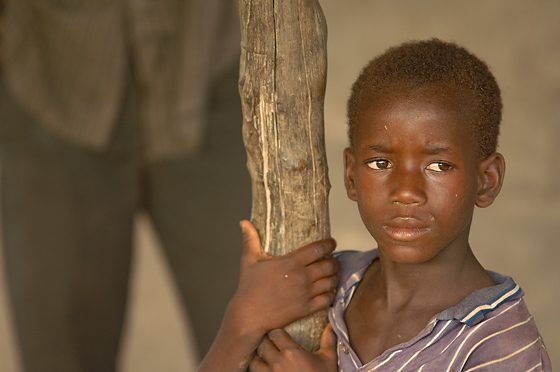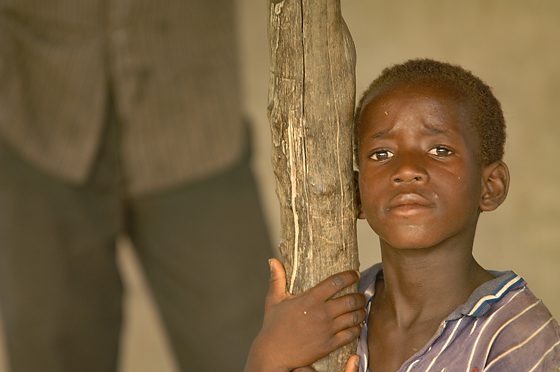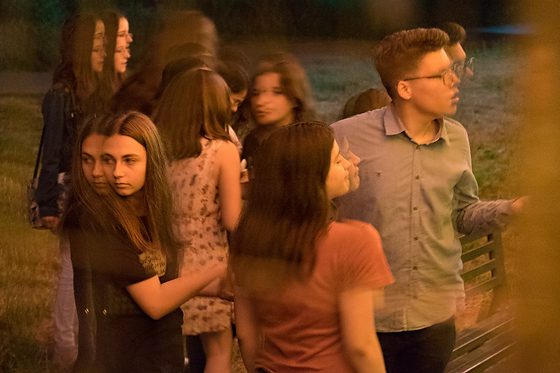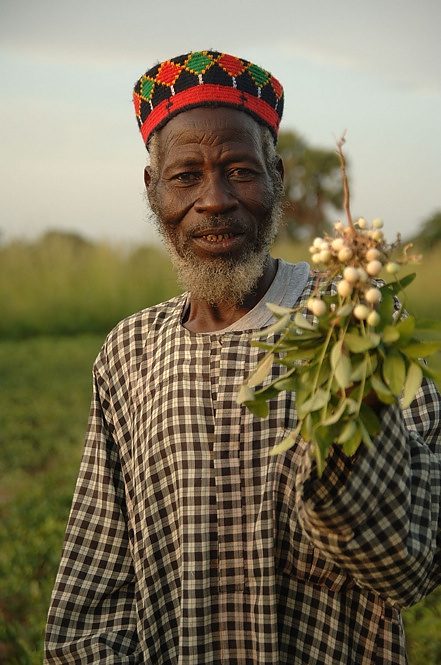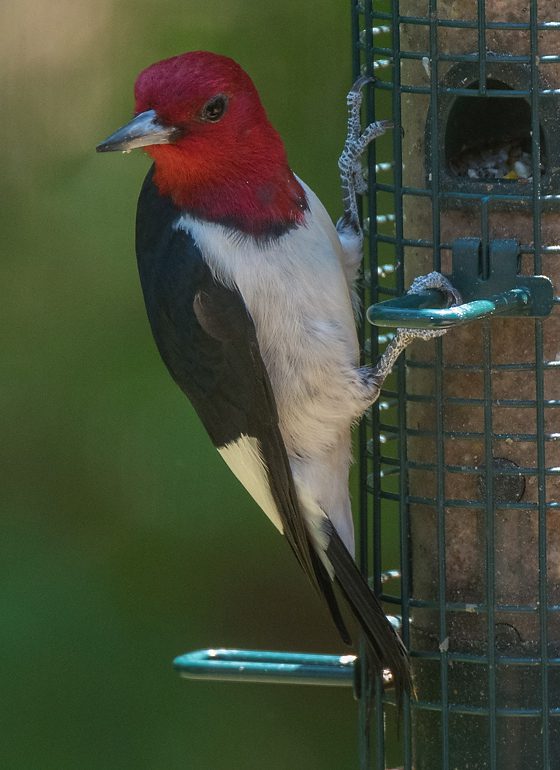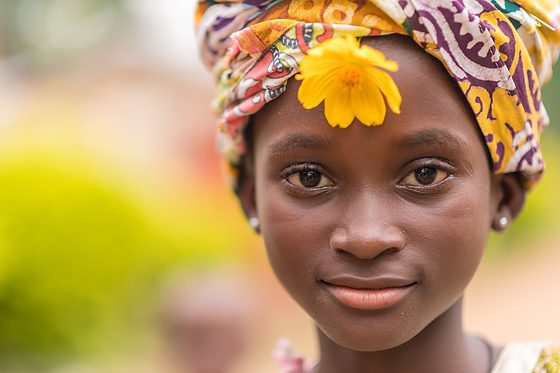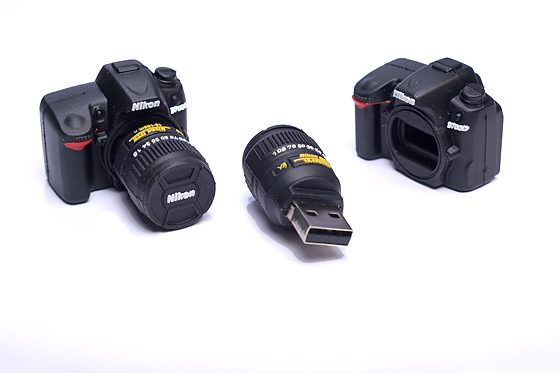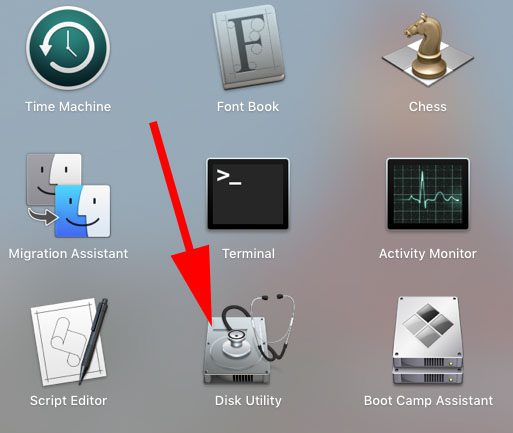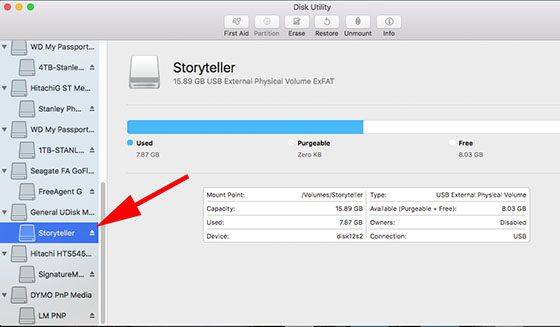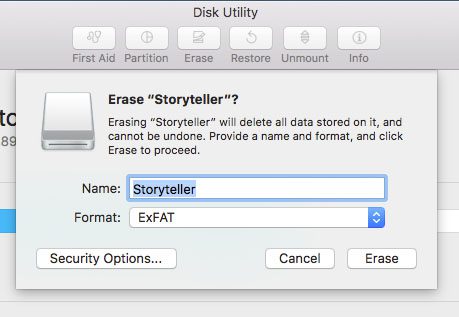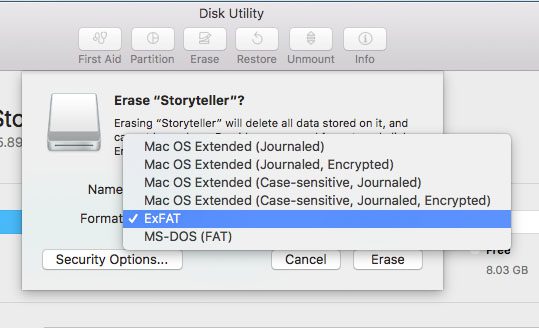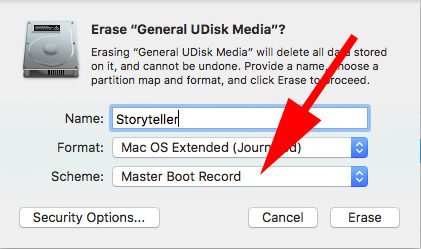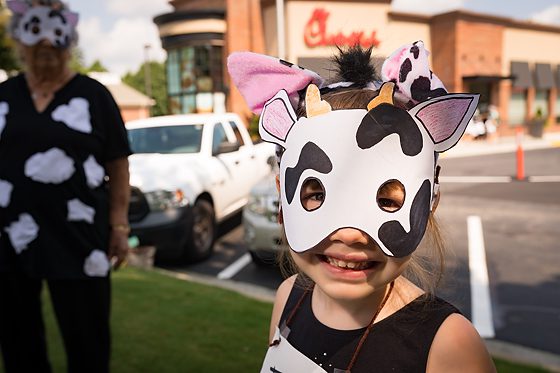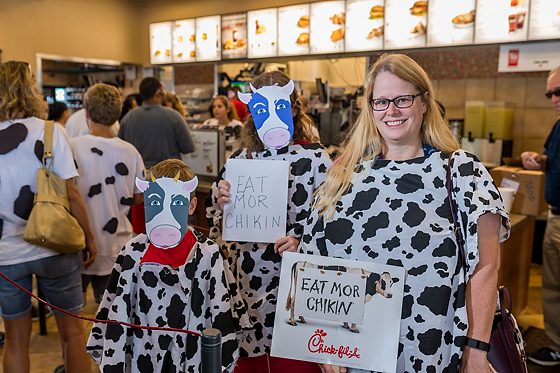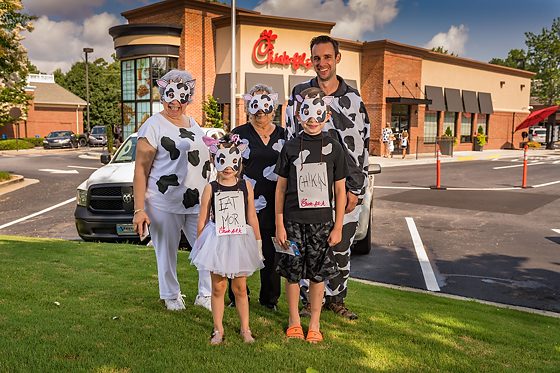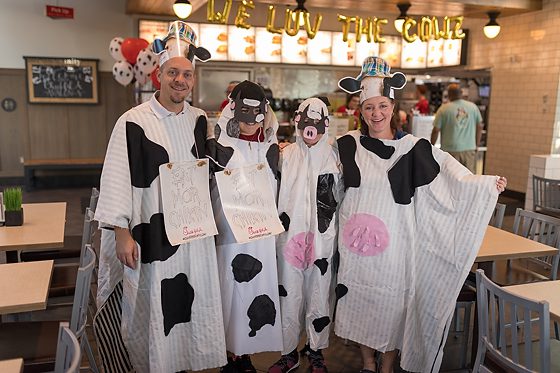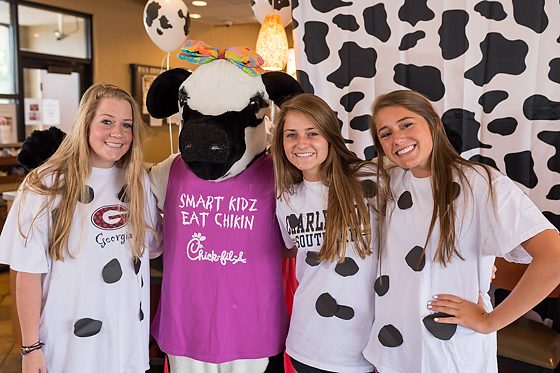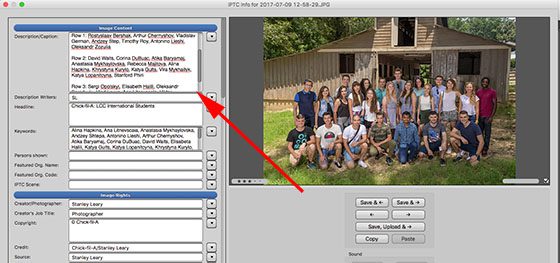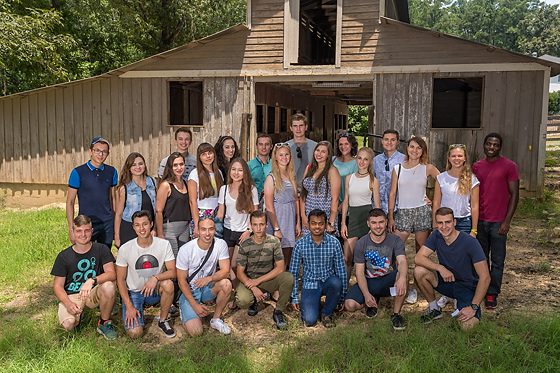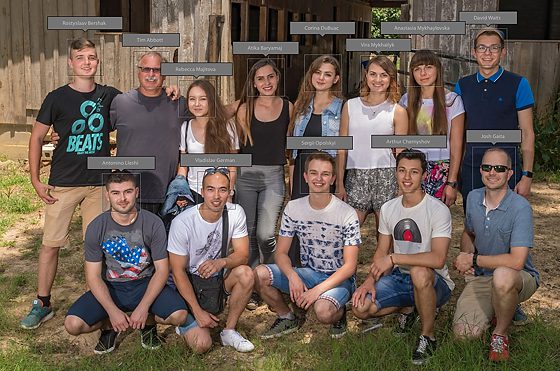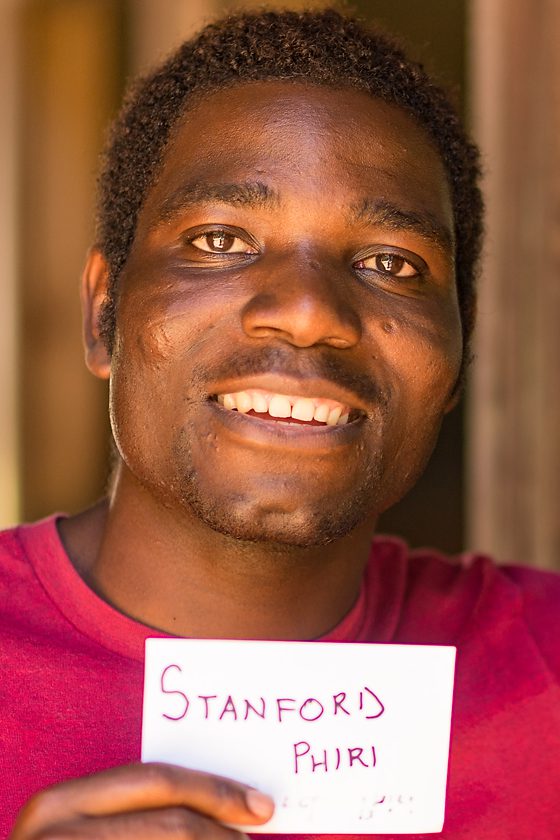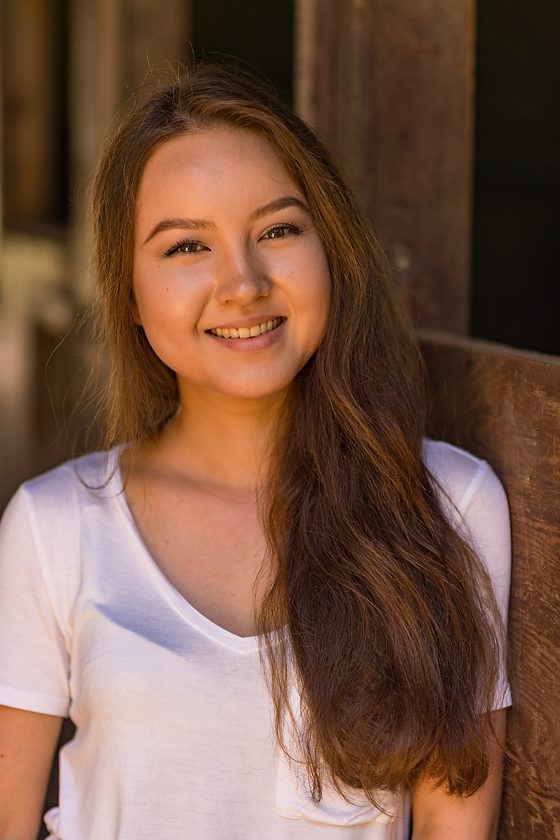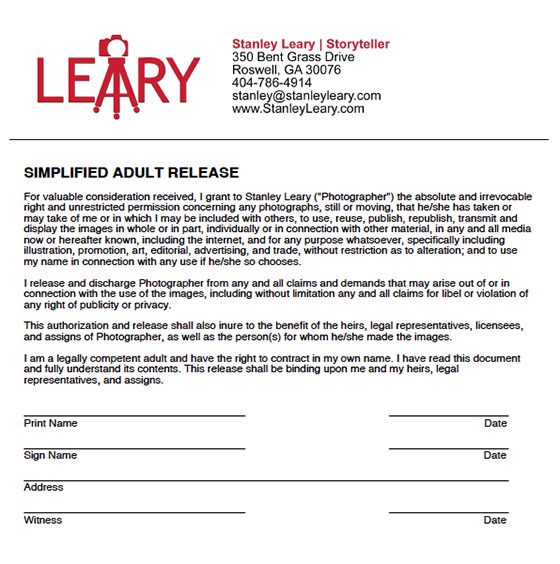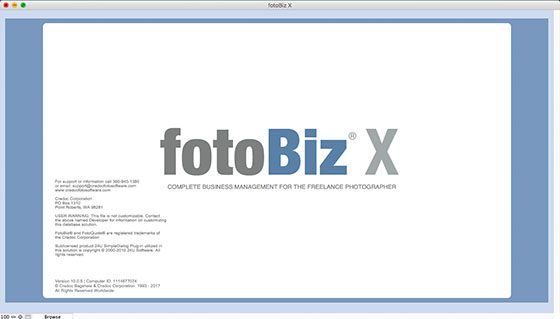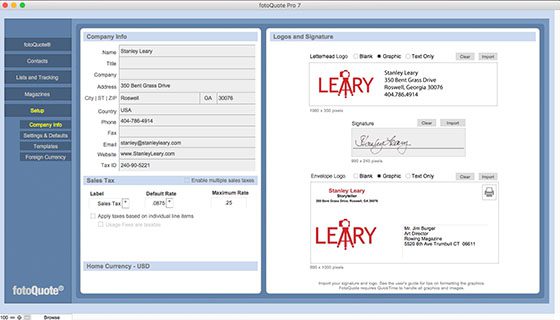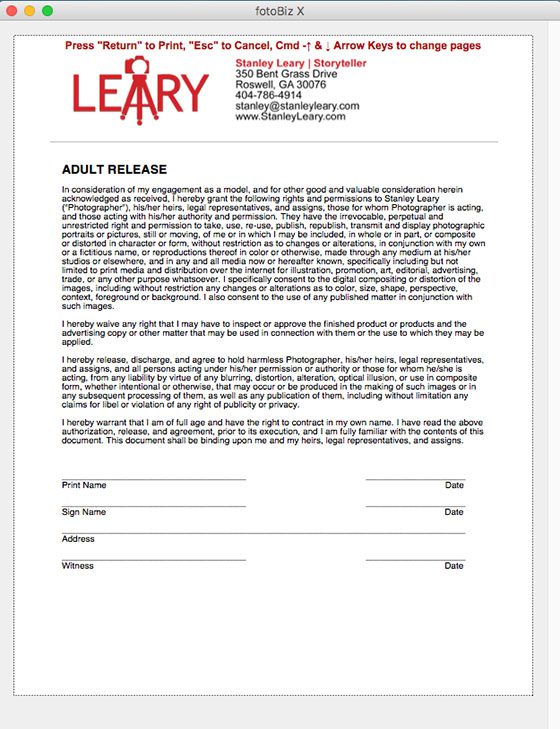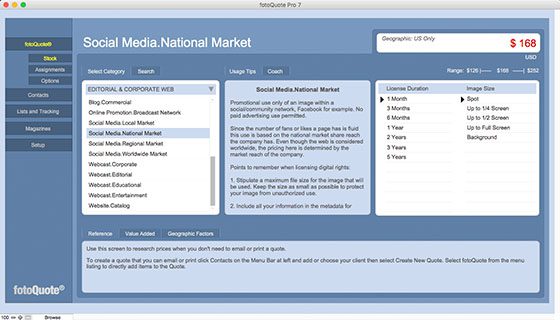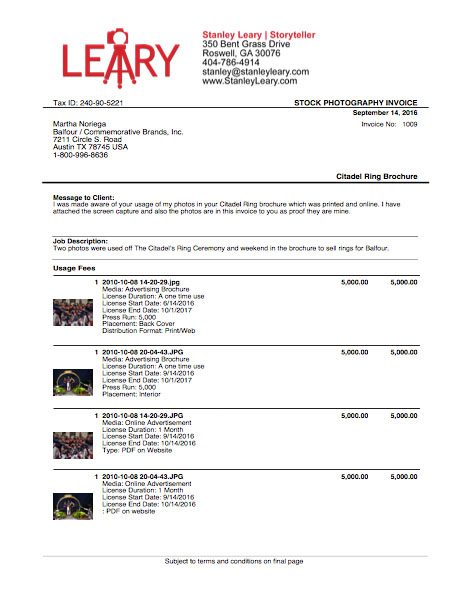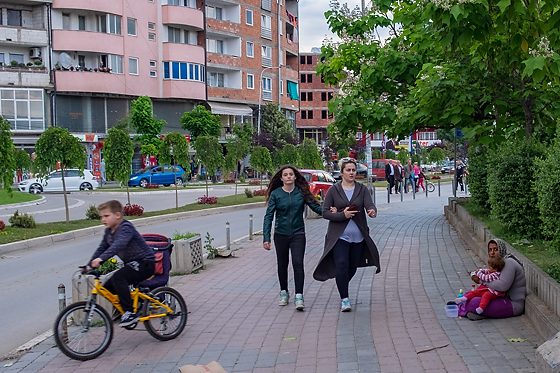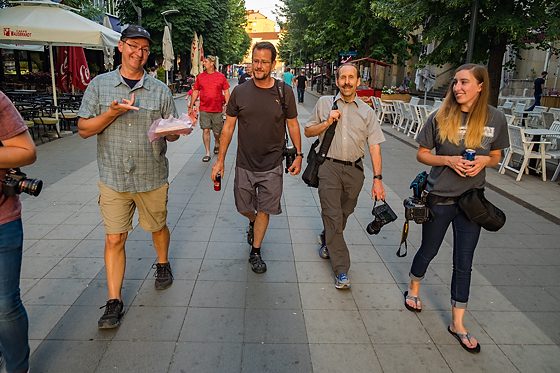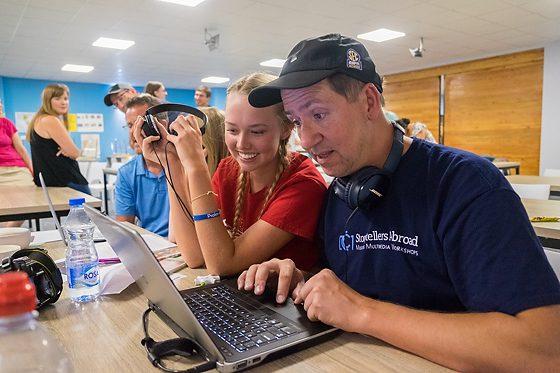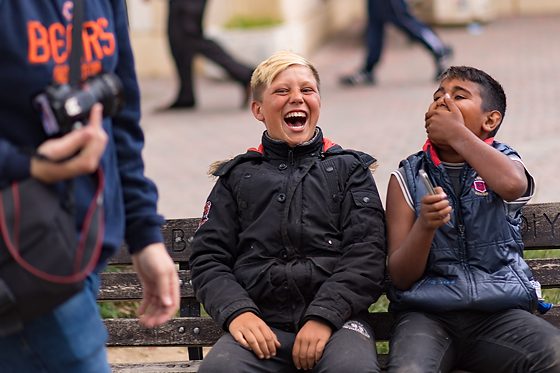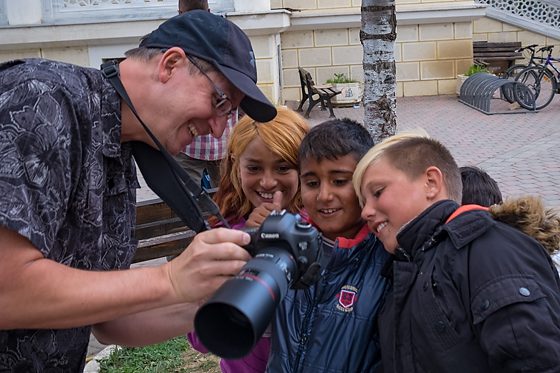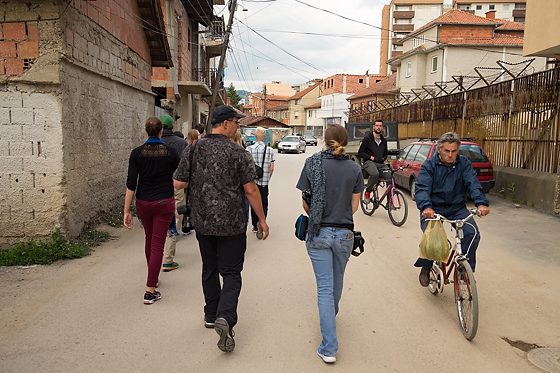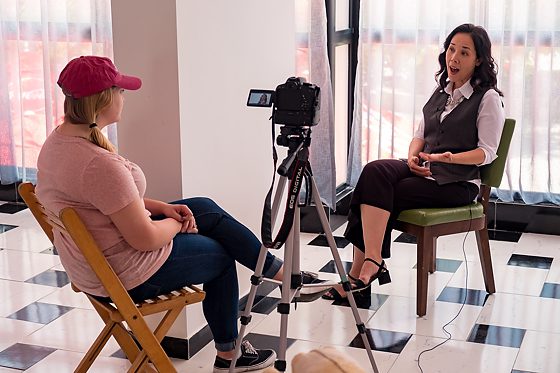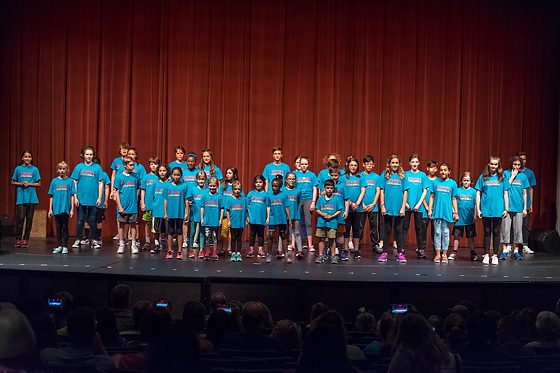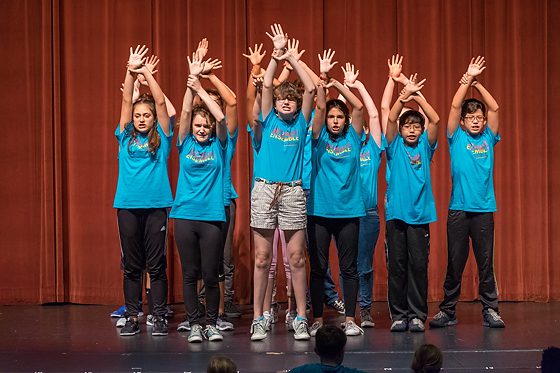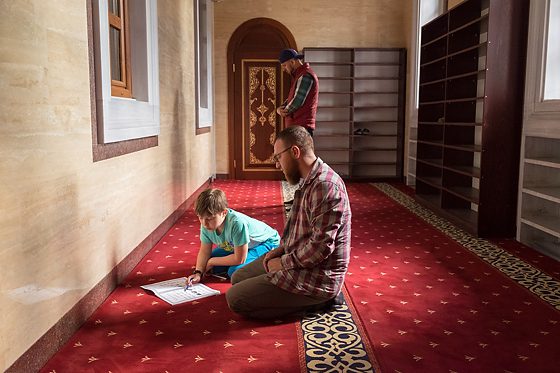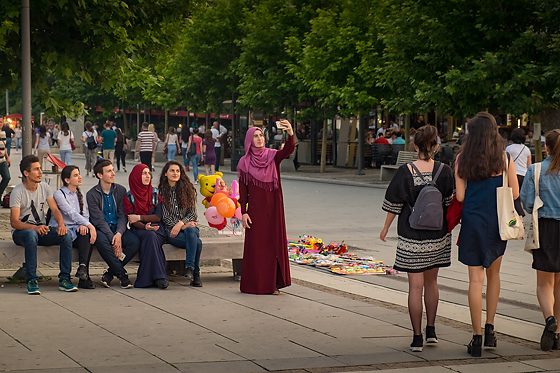[Nikon D5, Sigma 35mm ƒ/1.4, ISO 100, ƒ/1.4, 1/1000] photo by: Robin Rayne Nelson
I have taken many personality tests, all of which have me somewhere on the introvert scale. Now some have me as a borderline extrovert but never a strong socialite.
On the Myers-Briggs test, I am an INFP.
INFP personalities are true idealists, always looking for the hint of good in even the worst of people and events, searching for ways to improve things. While they may be perceived as calm, reserved, or even shy, INFPs have an inner flame and passion that can truly shine. Comprising just 4% of the population, the risk of feeling misunderstood is unfortunately high for the INFP personality type – but when they find like-minded people to spend their time with, the harmony they feel will be a fountain of joy and inspiration.
I have found that while not all of my photojournalist friends are INFPs, many are introverts.
Being a freelancer and an introvert combination can make life incredibly lonely. Friends and family support me, but having someone who can fully relate is invaluable.
My Involvement with Groups
For most of my life, I have been organizing small groups. While in high school, I loved to play chess, so I formed a club that met at my house.
Later I worked on the staff of the Southern Short Course, the oldest photojournalism conference in the country, based in North Carolina.
I also hung out with fellow photojournalists in my first job at the Hickory Daily Record.
When I went to work with Don Rutledge in Richmond, VA, with The Commission Magazine, we had people from all over the world coming in regularly to meet Don Rutledge and Joanna Pinneo. We often went to lunch and talked shop. This was one of the most rewarding times of my life where I met with people in the same career as myself each week and my passion for our work.
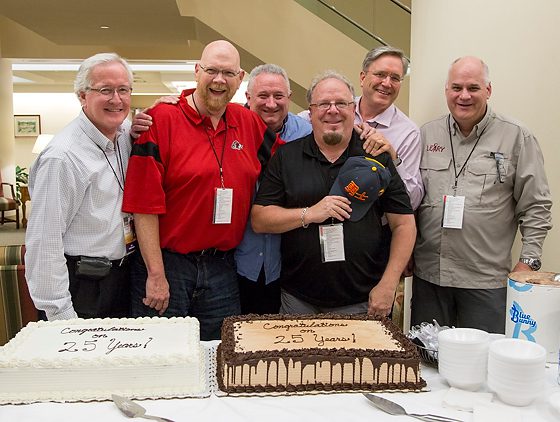
When I went to seminary, we started the Southwestern Photojournalism Conference, which has run for 25 years. Also, during my time in Fort Worth, TX, I was part of the Christians in Photojournalism group that met in the metro area.
I would later start a CIP group in Atlanta and then help transition this group to become FOCUS.
Yet all of these formal groups aren’t enough. I continued to join affinity groups because I spend so much of my day alone.
Start with just one person
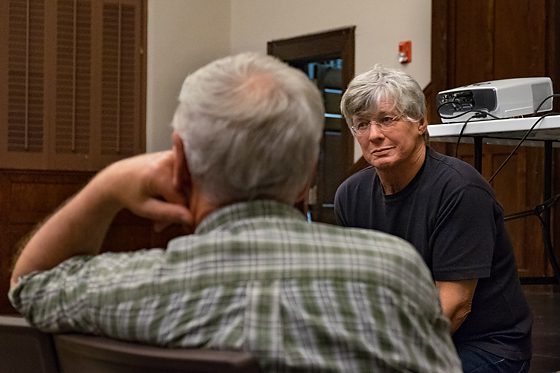
I can tell you that I could not have survived without my close friends in the industry. Robin Nelson and I get together for coffee and discuss our story ideas.
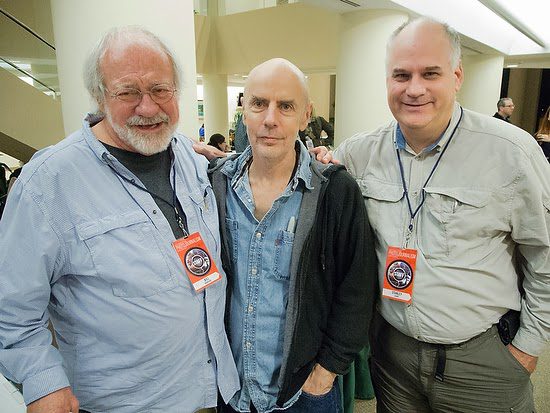
Another close friend is Bill Bangham. We pick up from where we left off whenever we get together. So often, these conversations today are on the phone since we live in different towns.

Another good friend is Ken Touchton. Ken has given me some of the best business advice I have ever had throughout my career. Ken also challenges me all the time. When I first left a staff job and went freelance, Ken called me weekly to ask what I was doing and my plans. Then the following week, he called to hold me accountable.
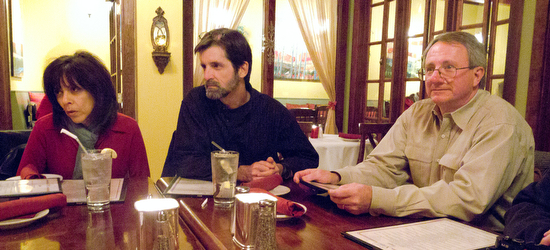
Another wonderful couple is Vivian and Gary Chapman. They have been good friends through the years. I often call Gary for advice and love how transparent Gary is about his work.
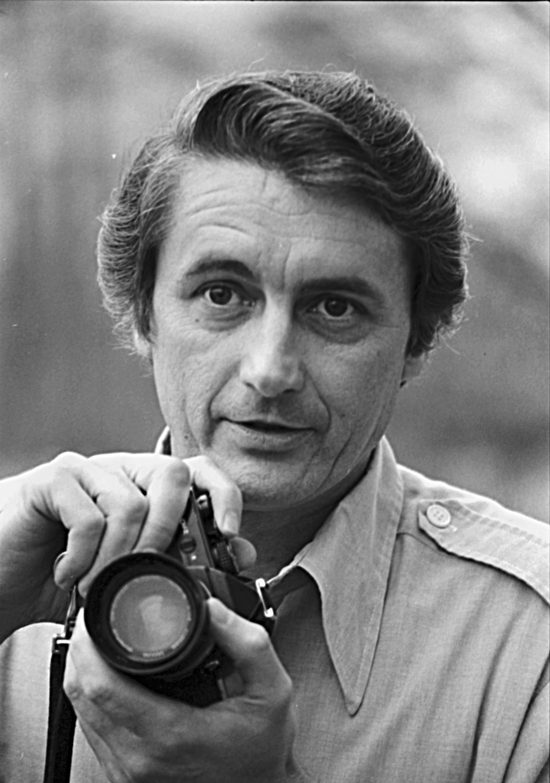
The one person who taught me to have an open door policy was Don Rutledge. He was available to meet with anyone if he had the time or would make time.
Don would take me to lunch with some of the most famous and not-so-famous photographers. Every person was treated equally. Don listened and asked questions. Don also loved to tell stories about himself where he screwed up. He taught me how to laugh at myself.
I hope to communicate today through this blog that a successful photographer must be in the community. Not just to participate in some meetings planned by others, but to go out of your way to plan those events for others as well.
I highly recommend joining a Facebook online group and not just troll the posts but contribute. Post photos, ask questions, and contribute by commenting on other photographers’ posts. Create community.
Here are a few Facebook groups you might be interested in joining. Be sure you are a good fit. Don’t just try and enter every group. Join those where you genuinely are amongst your people. If you are not a photojournalist, then don’t join that group. Maybe join the Nikon or Canon group.
FOCUS – Fellowship of Communicators Uniting Socially
Christians In Photojournalism (CIP)
There are many other groups to join on Facebook. The cool thing is many of these groups organize events locally for you to participate. Besides joining a group, take the time to develop those closer relationships where you go to coffee or lunch with just one person.
If you are going to see what you can get out of something, you will not get very much at all out of anything. However, if you go not just to get something but rather to give, you have a better chance of benefiting. When someone tells you of their projects, follow up and ask how their project is going. Ask to see it and offer constructive criticism if they are open to it.

By the way, the person who got me started in photography was my uncle Knolan Benfield. He worked with Don Rutledge as well, and the two of them taught me so much and made it possible for me to be where I am today.
The best way to find yourself is to lose yourself in the service of others.
– Mahatma Gandhi

